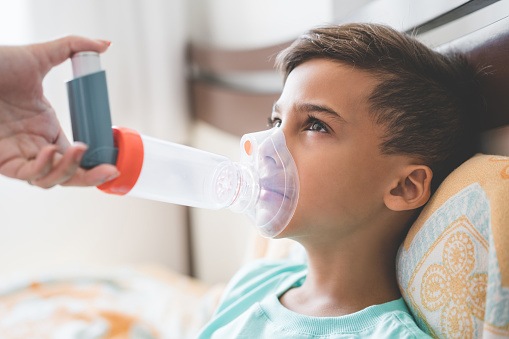
When sepsis occurs in the hospital, identifying and treating it as quickly as possible are crucial, but there are limited data on sepsis intervention before hospitalization. A study published online as part of the ATS 2020 International Conference assessed the seven-day incidence of suspected infection (SI) or sepsis (S3) in diverse healthcare encounters.
The study took place between 2012 and 2017 in a Northern California regional health system encompassing 4.4 million members. Three risk strata were established: (1) hospital discharge, (2) emergency department (ED) discharge, and (3) ambulatory clinic visits. Enriched scenarios were also identified for each strata; these included ED visits with antibiotics administered, hospital discharges with high readmission risk, and ambulatory visits with infection diagnoses. The seven-day incidence of SI and S3 hospitalization was calculated for each strata and scenario; the number-needed-to-evaluate (NNE) was then calculated for a predictive model to demonstrate a hypothetical 40% sensitivity and 90% specificity.
Final analysis included 1.1 million hospital discharges, 5.8 million ED discharges, and 108.7 million ambulatory visits. The seven-day incidence rates of SI were: hospital discharge, 2.4%; ED discharge, 0.9%; and ambulatory visit, 0.3%. The seven-day incidence rates of S3 were: hospital discharge, 1.4%; ED discharge, 0.4%; and ambulatory visit, 0.1%. Among hospital discharges, sepsis comprised 63.2% of seven-day SI hospitalizations; among ED discharges and ambulatory visits, the rates were 55.5% and 38.1%, respectively. Analyses of the scenarios yielded varied outcomes. When examining hospital discharges with high readmission risk—which constituted 5.8% of all discharges—6.5% had seven-day SI hospitalizations, and 5.1% had seven-day S3 hospitalizations.
ED discharges with high comorbid disease burden comprised 6.3% of all ED discharges; 4.6% had seven-day SI hospitalizations, and 3.1% had seven-day S2 hospitalizations. Ambulatory visits with filled antibiotic prescriptions constituted 8.4% of all visits; seven-day SI and S3 incidences were 0.5% and 0.2%, respectively. The hypothetical NNE to identify a true positive seven-day hospitalization for SI varied, from 5:1 for high readmission risk at hospital discharge to 102:1 for any ambulatory visit. Low NNEs included hospital discharges to subacute nursing facilities (7:1), ED discharges with sequential sepsis-related organ failure assessment ≥2 (7:1), and ambulatory visits with filled antibiotic prescriptions (53:1).
“The rates of incident seven-day hospitalization for SI or S3 vary widely across diverse healthcare strata and scenarios. A systematic approach to assessing baseline rates can be used to select enriched scenarios from which to design optimal pre-sepsis predictive models,” the authors concluded.







 © 2025 Mashup Media, LLC, a Formedics Property. All Rights Reserved.
© 2025 Mashup Media, LLC, a Formedics Property. All Rights Reserved.